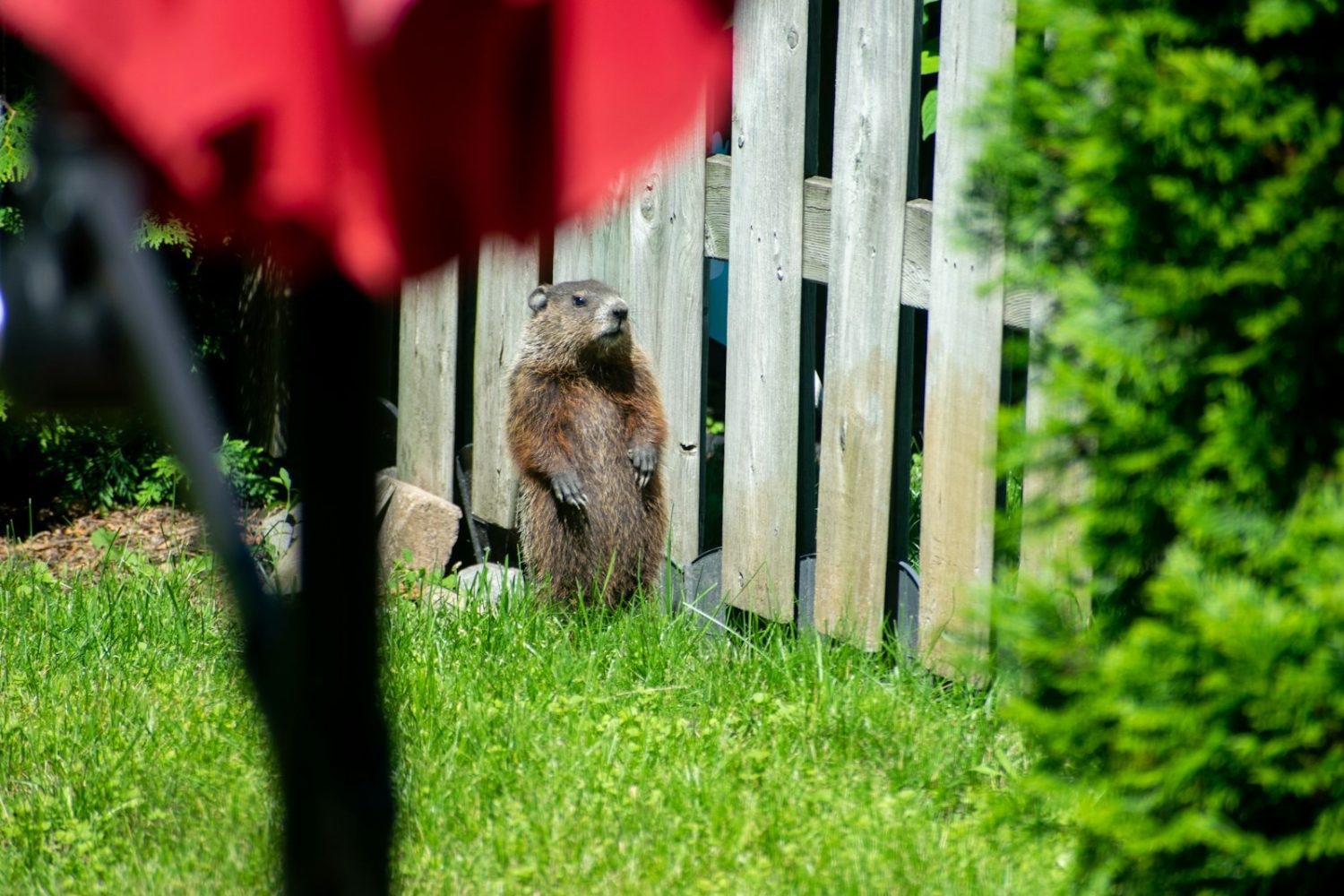A thriving garden is a joy to behold. Flowers bloom, vegetables ripen, and greenery fills every corner. Then, almost overnight, you find leaves chewed, stems snapped, and tunnels weaving under your beds. The culprit? A groundhog. These furry foragers can undo weeks of care in just one afternoon. But with a few smart strategies, you can protect your garden and still respect the nature that surrounds us.
Why Groundhogs Target Gardens
Groundhogs, also called woodchucks, are natural grazers. They love tender greens, fruits, and vegetables. To them, your garden is a free buffet. Their strong claws make it easy to dig, and their sharp teeth make short work of stems and leaves.
They also work with determination. A groundhog doesn’t just nibble. It clears patches. It may even dig burrows nearby, making your garden part of its territory. Understanding this behavior is the first step. Instead of frustration, we shift to strategy.
Best Methods to Protect Plants
Strong Fencing
The single most effective solution is a fence built with groundhogs in mind.
- Height: At least 3 feet tall. Groundhogs can climb, so height matters.
- Buried base: Extend the bottom of the fence 12–18 inches underground. Bend it outward at a right angle to stop digging.
- Materials: Heavy-duty wire mesh or hardware cloth works best. Chicken wire alone is often too flimsy.
- Top edge: Some gardeners bend the top outward to discourage climbing.
Garden Design Tricks
Simple changes in layout can deter groundhogs.
- Raised beds: Taller beds are harder for them to climb into.
- Barrier plants: While no plant is a perfect shield, groundhogs dislike strong scents like garlic, lavender, and mint. Planting these along borders can help.
- Mulch borders: Thick gravel or stone edging makes digging less appealing.
Repellents and Deterrents
Groundhogs rely on scent, so disrupting that sense is effective.
- Castor oil sprays: When mixed with water and applied to soil, it creates an unpleasant environment for digging.
- Predator scents: Products with fox or coyote urine mimic danger.
- Motion devices: Sprinklers or noise makers surprise intruders and encourage them to move on.
Consistency is important. Repellents fade with rain and time, so reapply as needed.
Gentle Control Through Habits
Beyond barriers, we can outsmart groundhogs with routine.
- Harvest often: Leaving ripe vegetables in the garden attracts them. Keep produce picked and secure.
- Remove cover: Groundhogs like hiding near hedges, woodpiles, or tall grass. Clearing these reduces their comfort zone.
- Rotate crops: Changing what grows in certain beds can interrupt feeding patterns.
For stubborn visitors, live traps may be considered. These should always be used with care, following local guidelines for relocation. Humane options keep the balance between garden and wildlife.
Peaceful Coexistence With Nature
Keeping groundhogs out of your garden is about creating boundaries, not waging war. With fences that block, plants that deter, and routines that reduce temptation, you can protect your harvest without harming these curious creatures.
After all, a garden is more than food and flowers. It’s part of the larger landscape we share. When we design with both beauty and balance in mind, we create spaces where our work thrives and wildlife learns to pass by. That’s when our gardens truly feel alive, safe, and at peace.

